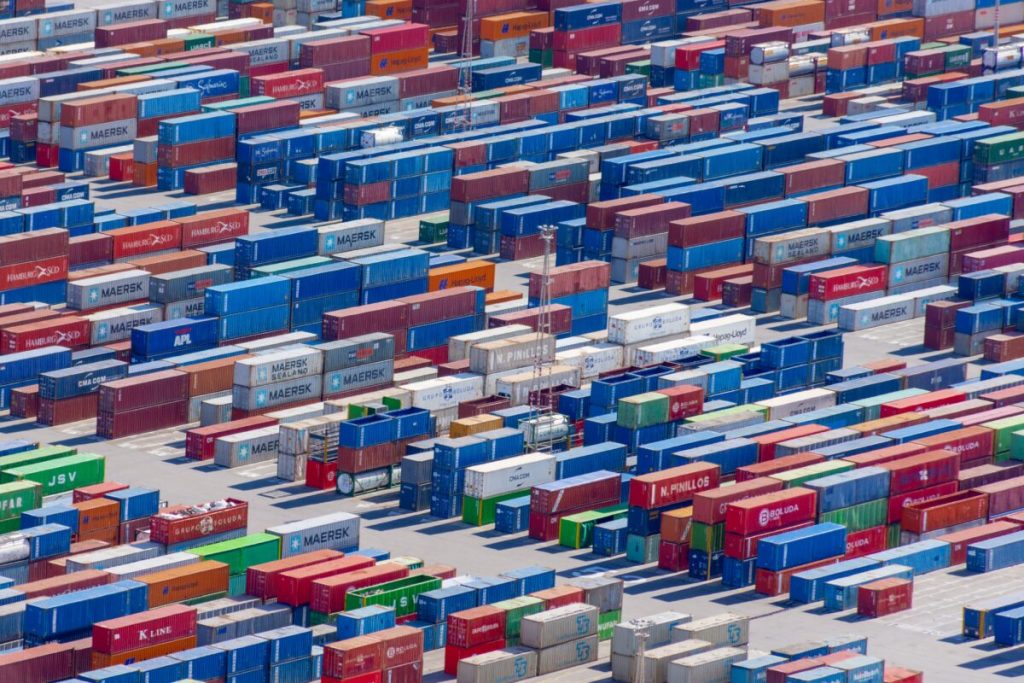Thanks to containerization, all goods are loaded into the same container and moved around the world as a single piece. These containers can be easily moved between diferent modes of transport, from container ships to trucks and trains.
This makes the transportation and trading of goods cheaper and more efficient.
It is credited with radically improving the effciency of trade, allowing vast increases in efficiency and economic growth. Before containers were used, goods were exported in a mixture of bags and boxes. In other words, loading and unloading took time and was hard work. It took a lot of labor to unload and sort incoming goods before repacking them for the next shipment. It was a very intense and endless work done by a tireless group of people.
Containerization has had a signifcant impact on global trade due to its many benefits. In the past, when goods were transported in bulk, it was easy for goods to get lost.So it is safer to use containers. Containers may seem very ‘low-tech’, but the results show that even low-tech innovations can bring huge benefts if implemented internationally. In particular, the arrival revolutionized the shipping industry.
On the one hand, containers can actually help reduce costs, improve trade, and increase the efciency of international trade. It is now possible.
Remember that the transportation of goods is flexible. Regardless of the type of goods being transported. On the other hand, most containers are made with strong and durable metal frames to fully protect the contents from damage, loss or theft. This type of quality assurance means we use less energy.
As a matter of consequence, we can highlight two main roles of the containerization in the evolution of global trade: saving time & increasing productivity.





